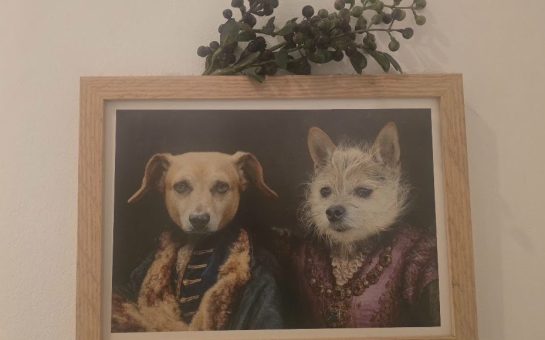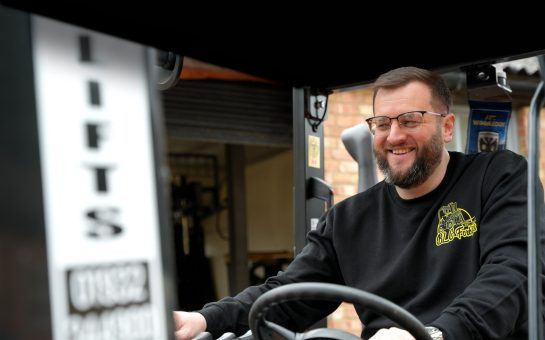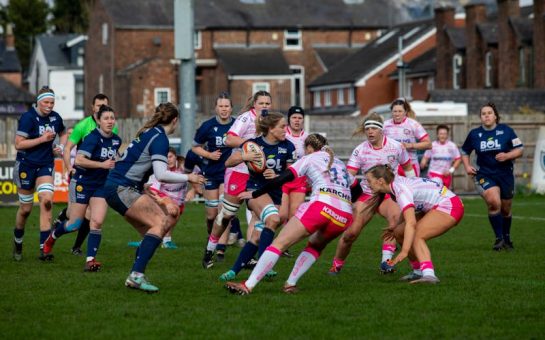Animal campaigners have lauded the decision to close Wimbledon Greyhound Stadium but are still campaigning to ensure those retired dogs go to safe and loving homes.
Merton Borough Council’s approval of a new football stadium and affordable housing for the Plough Lane site consigned the last remaining dog racing track in London to the history books.
That extinction has long seemed inevitable with the sport’s popularity declining rapidly and attendances at Wimbledon having slashed in half over the last 12 years.
Owners and trainers will still be able to engage in the sport at one of 30 tracks left in the country, but what of the racing dogs now deemed surplus to requirements?
Richard Rees, a professional trainer contracted to Wimbledon, explained it is the duty of trainers and owners to make sure retired greyhounds find a good home.
“The welfare of the dogs is paramount,” he said. “Their safety overrides everything else.”
But in recent years several high-profile cases have demonstrated the mistreatment of some retired greyhounds.
In 2012 a couple were charged with allowing a former champion at Wimbledon Stadium – once worth £50,000 – to reach an emaciated and flea-ridden state.
Plymouth magistrates heard that the dog was on the verge of death before eventually being treated.
A year later a greyhound called Holbeins Champ was destroyed after suffering a treatable injury at Wimbledon.
Countless other incidents have resulted in the destruction of healthy greyhounds, primarily on the basis of a dog being a ‘financial liability’.
Animal welfare campaigners lay the blame at the door of the dog racing industry itself.
Greyhound racing is self-regulated by its governing body, the Greyhound Board of Great Britain (GBGB), which claims to uphold ‘high welfare standards within a highly-regulated sport’.
In reality, according to the League Against Cruel Sports, the organisation fails to account for one in eight greyhounds which ‘disappears’ at the end of its racing life.
Although the GBGB requires owners to register retirements and provide information on the fate of each dog, they are not obliged to give supporting evidence that a new home has been found.
In 2014 alone, the racing industry failed to account for more than 10,000 greyhounds bred for British racing despite data collected via the GBGB retirement form.
While the GBGB says the industry is ‘striving to ensure that no greyhound is unnecessarily put down once its racing career is over’, its retirement form includes the category ‘injury not treated on economic grounds’ as a reason to euthanise a dog.
Many animal rights charities have expressed dismay about what they see as a lack of transparency.
Dogs Trust, along with other members of the welfare organisation the Greyhound Forum, has long been urging the industry to provide data on the fates of racing greyhounds.
A Dogs Trust spokesperson said: “Despite repeated requests from the animal welfare industry for this information, the greyhound racing industry has not yet provided retirement data.
“We would like to see more transparency from the industry to address our concerns around unaccounted-for greyhounds.”
According to the Retired Greyhound Trust (RGT) around 8,000 dogs are retired each year on GBGB tracks, and about 1,000 on unlicensed tracks.
The RGT, part-funded by the racing industry, re-homes about 4,000 greyhounds a year while 1,500 are re-homed by independent rescue and re-homing organisations.
This leaves 3,500 greyhounds unaccounted for every year in the UK.
Some unwanted dogs are known to be returned to Ireland, where the majority were originally bred.
Denise Dubarbier, manager of Wimbledon Greyhound Welfare – the official refuge charity paired with Wimbledon Stadium – bemoans the poor conditions in which some dogs are brought to the charity.
She said: “On occasions we are asked to step in and help an ex-Wimbledon greyhound that has found itself in the wrong situation through no fault of its own.”
Last year the charity took in about 40 retired greyhounds which had raced at Wimbledon and Ms Dubarbier anticipates a higher number of dogs coming when the track closes.
She added that the majority of greyhounds who are taken in from Wimbledon trainers and owners are in good health, and have not suffered neglect.
Despite the work carried out by Ms Dubarbier and her team there is evidence to suggest that a small, malignant section of the sport continues to actively authorise the exploitation of retired greyhounds.
The real victory for dogs will come when greater transparency and proactive collaboration with welfare organisations is maintained within the industry.
Only then can a concerted effort be made to improve the prospects of greyhounds when their racing days are over.
Image courtesy of sixten3 via YouTube, with thanks




